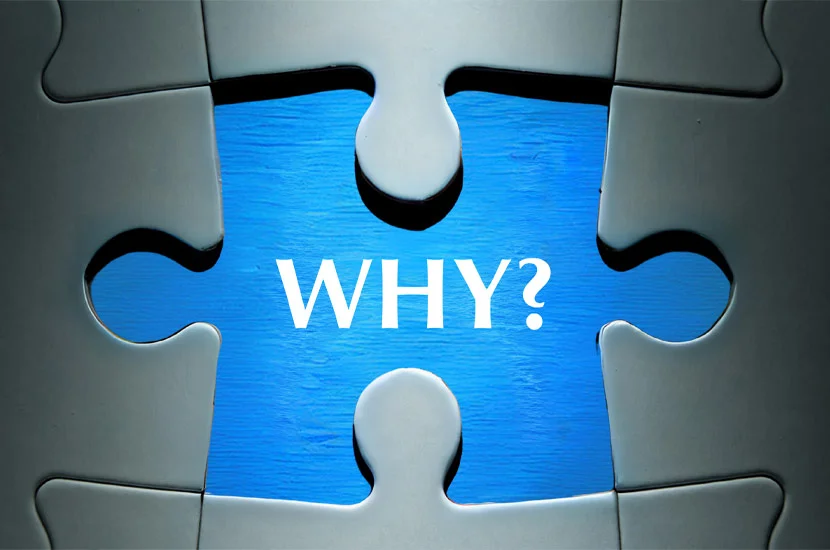One fundamental question looms in the vast and ever-evolving landscape of business and entrepreneurship: Why do customers buy? Despite its simplicity, it’s a query often glossed over or approached from a narrow angle, focusing predominantly on the features and benefits of products or services. However, what if we could shift the narrative to not just what we offer but why our customers need what we offer? Understanding the root of your ideal customer’s purchasing decisions isn’t just beneficial—it’s crucial for tailoring your marketing strategies and ensuring your product or service meets their needs effectively.
The Essence of Understanding Your Customer’s Buying Journey
At its core, understanding why your customer buys is about empathy and insight. It’s about delving into their desires, needs, and challenges to offer solutions that resonate on a personal level. This understanding transforms how we approach sales, shifting from a product-centered dialogue to a customer-centric conversation that aligns with their language, problems, and, most importantly, their solutions.
The Triad of Customer Understanding: Pain Points, Consequences, and Solutions
To truly grasp why your customer buys, we must explore three key elements: pain points, consequences, and solutions. This triad forms the foundation of the customer’s buying journey, each element shedding light on different facets of their experience and decision-making process.
- Pain Points: These are the immediate problems, needs, or desires driving the customer. Often unspoken or even unacknowledged, pain points are the silent motivators behind purchasing behavior. They can range from simple, everyday needs (like needing cream for one’s coffee) to more complex, emotional, or financial challenges. Recognizing these pain points is the first step toward understanding the customer’s behavior and motivations.
- Consequences: Stemming from unaddressed pain points, consequences are the outcomes or behaviors that manifest. They represent the tangible impact of not solving the customer’s problem, from minor inconveniences to significant life or business challenges. By identifying these consequences, businesses can better empathize with their customers and tailor their messaging to address these specific outcomes.
- Solutions: The final piece of the puzzle, solutions, is where your product or service enters the conversation. This isn’t just about what you offer but how your offer uniquely addresses the customer’s pain points and mitigates their consequences. A well-articulated solution demonstrates a deep understanding of the customer’s needs and positions your product or service as the key to alleviating their challenges.
Why This Understanding Is Crucial
Grasping why your customer buys does more than enhance your sales pitch; it transforms your entire marketing approach. By building your strategies around the customer’s pain points, consequences, and solutions, you create marketing that is not only more effective but also more resonant and meaningful. This approach ensures your messaging is heard and felt, compelling your customers to act because they see your product or service as the answer they’ve been searching for.
The Path Forward
As we embark on this series, we’ll dive deeper into each element of the customer’s buying journey, starting with pain points, moving through consequences, and culminating with solutions. This journey will illuminate the why behind your customer’s purchases and how you can align your offerings to meet their needs more effectively.
Understanding why your customer buys is the cornerstone of effective marketing. It’s a process that demands patience, insight, and a deep commitment to truly serving your customers. By dedicating ourselves to this understanding, we enhance our ability to sell and deepen our connections with those we aim to serve, fostering relationships built on genuine solutions to real problems.
In the end, knowing why your customer buys is about more than just transactions; it’s about creating value that resonates, solves, and ultimately transforms the customer experience.







Leave A Comment
You must be logged in to post a comment.